| |
|
|
Botanical Name |
: |
Rumex crispus L. |
English
Name |
: |
Curly dock, Curled dock, Yellow dock |
Synonym(s) |
: |
Rumex elongatus Guss. |
Family |
: |
Polygonaceae |
| |
General Info
| Description |
 |
|
A perennial herb, 30—150 cm tall, sparingly branched, stem reddish, taproot carrot-like, 20—30(—150) cm long. Leaves simple, basal or cauline, alternate, opposite, or whorled, generally entire; stipules 0 or obvious and fused into a generally scarious sheath around stem. Inflorescence small cluster, axillary or arrayed in cymes or panicles; involucres sometimes subtending 1–many flowers; flower generally bisexual, small, ± radial; perianth generally 5–6-lobed, base ± tapered, often jointed to pedicel; stamens 2–9, often in 2 whorls; ovary superior, styles generally 3, generally fused at base. Fruit achene, generally enclosed by persistent perianth, generally 3-angled, ovoid, and glabrous. |
| Herb Effects |
 |
|
Acts as a gentle and safe laxative (plant); alterative, antiscorbutic, astringent, cholagogue, depurative, laxative and mildly tonic (root) |
Chemistry
| Active Ingredients |
 |
|
Ascorbic acid, avicularin, beta-carotene, hyperoside, niacin, quercetin, quercitrin, riboflavin, rutin, thiamin (leaf); rumicin (plant); chrysophanic acid, emodin, erucic acid, nepodin, oxalic acid, physcion, tannin (root). |
| Chemistry
of Active Ingredients |
 |
|
|
 |
Name |
CAS# |
IUPAC Name |
Formula |
Structure |
 |
|
| Ascorbic acid |
Not Available |
2-(1,2-dihydroxyethy
l)-4,5-dihydroxy-fur
an-3-one |
C6H8O6 |

|
| Avicularin |
Not Available |
2-(3,4-dihydroxyphen
yl)-5,7-dihydroxy-3-
(4,5,6-trihydroxyoxa
n-3-yl)oxy
-chroman
-4-one |
C20H20O11 |
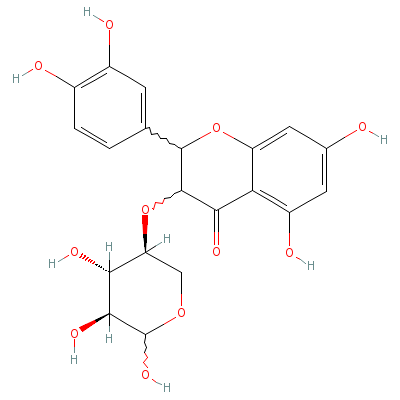
|
| beta-Carotene |
Not Available |
3,7,12,16-tetramethy
l-1,18-bis(2,6,6-tri
methyl-1-cyclohexeny
l)-octadec
a-1,3,5,
7,9,11,13,15,17-nona
ene |
C40H56 |

|
| Hyperoside |
482-36-0 |
2-(3,4-dihydroxyphen
yl)-4,5-dihydroxy-3-
[3,4,5-trihydroxy-6-
(hydroxyme
thyl)oxa
n-2-yl]oxy-chromen-7
-one |
C21H20O12 |
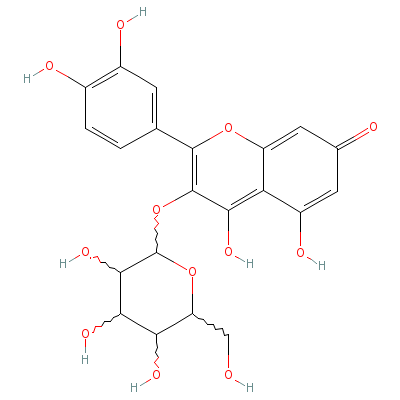
|
| Niacin |
99148-57-9 |
Pyridine-3-carboxyli
c acid |
C6H5NO2 |
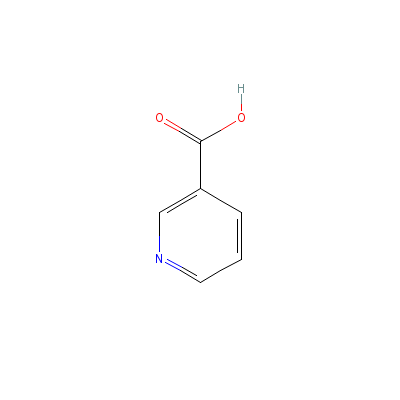
|
| Quercetin |
Not Available |
2-(3,4-dihydroxyphen
yl)-3,4,5-trihydroxy
-chromen-7-one |
C15H10O7 |
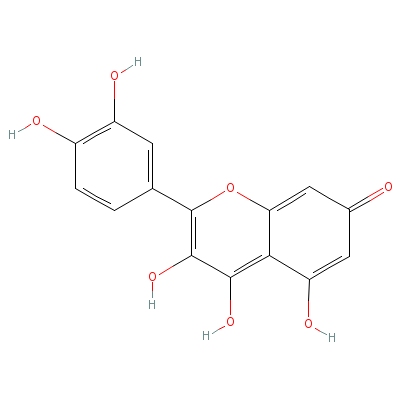
|
| Quercitrin |
6151-25-3 |
2-(3,4-dihydroxyphen
yl)-4,5-dihydroxy-3-
(3,4,5-trihydroxy-6-
methyl-oxa
n-2-yl)o
xy-chromen-7-one |
C21H20O11 |
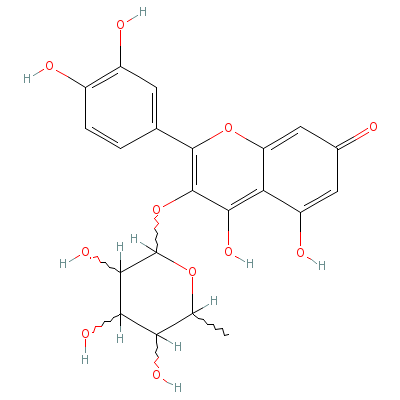
|
| Riboflavin |
Not Available |
Not Available |
C17H21N4O9P |
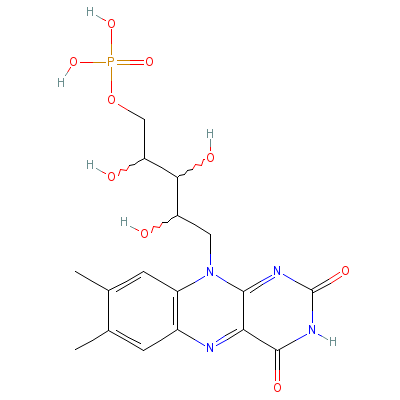
|
| Rutin |
Not Available |
2-(3,4-dihydroxyphen
yl)-4,5-dihydroxy-3-
[3,4,5-trihydroxy-6-
[(3,4,5-tr
ihydroxy
-6-methyl-tetrahydro
pyran-2-yl)oxymethyl
]tetrahydropyran-2-y
l]
oxy-chromen-7-on
e trihydrate |
C27H36O19 |
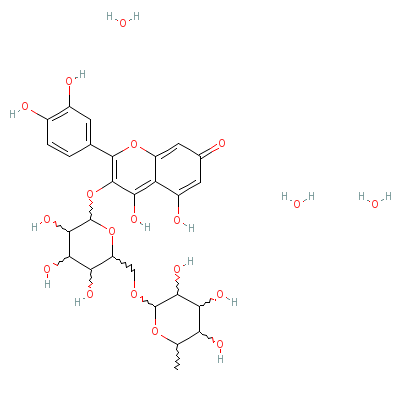
|
| Thiamin |
59-43-8 |
2-[3-[(4-amino-2-met
hyl-pyrimidin-5-yl)m
ethyl]-4-methyl-1-th
ia-3-azoni
acyclope
nta-2,4-dien-5-yl]et
hanol |
C12H17N4OS+ |

|
| Rumicin |
Not Available |
Not Available |
Not Available |
|
| Chrysophanic acid |
Not Available |
1,8-dihydroxy-3-meth
yl-anthracene-9,10-d
ione |
C15H10O4 |

|
| Emodin |
Not Available |
1,3,8-trihydroxy-6-m
ethyl-anthracene-9,1
0-dione |
C15H10O5 |
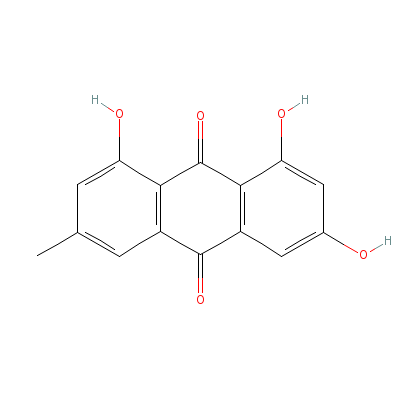
|
| Erucic acid |
1072-39-5 |
docos-13-enoic acid |
C22H42O2 |
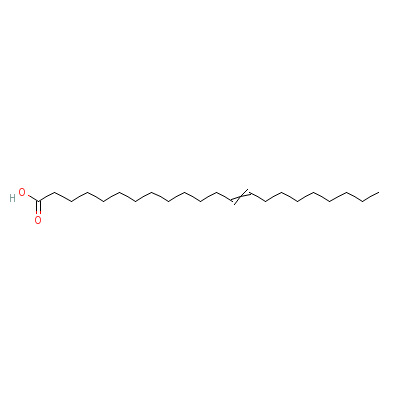
|
| Nepodin |
Not Available |
1-(1,8-dihydroxy-3-m
ethyl-naphthalen-2-y
l)ethanone |
C13H12O3 |
|
| Oxalic acid |
553-91-3 |
Oxalic acid |
C2H2O4 |
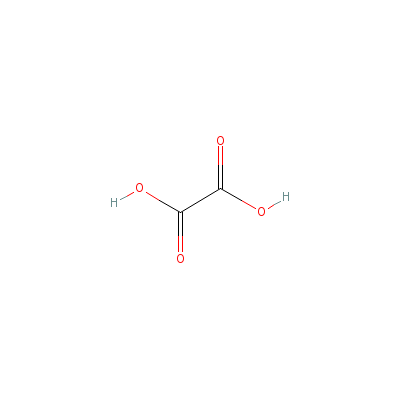
|
| Physcion |
521-61-9 |
1,8-dihydroxy-3-meth
oxy-6-methyl-anthrac
ene-9,10-dione |
C16H12O5 |
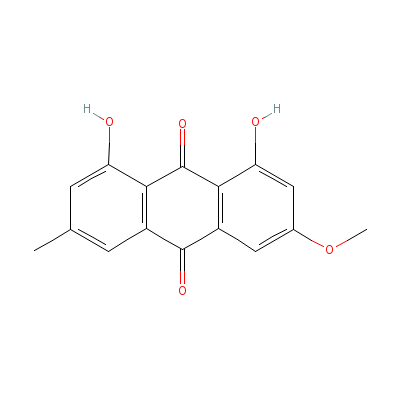
|
| Tannin |
1401-55-4 |
Not Available |
C27H22O18 |
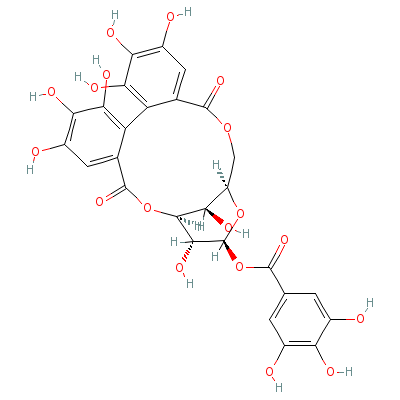
|
|
Pharmacology
| Medicinal Use |
 |
|
Taken for fever (plant); a vapour bath of the leaves is used to relieve the eyes; used internally in the treatment of constipation, diarrhoea, piles, bleeding of the lungs, various blood complaints and also chronic skin diseases, and externally, mashed and used as a poultice and salve, or dried and used as a dusting powder, on sores, ulcers, wounds and various other skin problems (root); used in the treatment of diarrhoea (seed). |
| Contraindication |
 |
|
People with a tendency to rheumatism, arthritis, gout, kidney stones or hyperacidity should take especial caution if including this plant in their diet since it can aggravate their condition. |
Dealers
Products
|
|